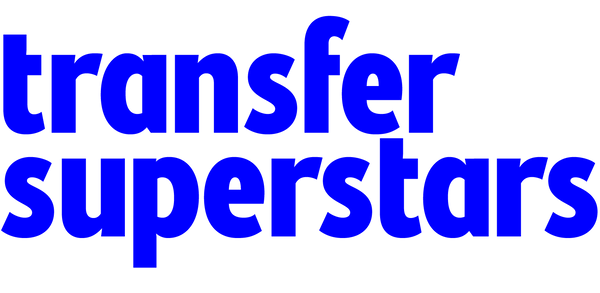In the world of custom apparel printing, two popular methods are DTF (Direct to Film) transfer printing and HTV (Heat Transfer Vinyl). Both techniques offer unique benefits, but when it comes to cost-effectiveness, which one truly stands out? In this article, we'll explore the differences between DTF transfer printing and HTV vinyl heat transfer and determine which method is more cost-effective for personal brand owners and small print shop owners.
What is DTF Transfer Printing?
DTF transfer printing is a modern, digital method that involves printing designs directly onto a film before transferring them onto garments using heat press machines. This technique allows for vibrant colors, intricate details, and excellent wash durability. As one of the leading DTF service providers in California, Transfer Superstars offers fast and consistent DTF printing services to help your business grow.
What is HTV Vinyl Heat Transfer?
HTV vinyl heat transfer is a traditional method that involves cutting designs from sheets of heat-sensitive vinyl material. The designs are then placed on garments using a heat press machine. While HTV offers decent color vibrancy and durability, it often requires weeding - the process of removing excess vinyl material from the design – which can be time-consuming.
Comparing Costs: DTF vs. HTV
To determine which method is more cost-effective, let's compare some key factors:
- Material Costs: DTF printing generally has lower material costs compared to HTV, as it uses digital ink and film rather than vinyl sheets. Additionally, DTF allows for efficient use of materials, reducing waste.
- Equipment Expenses: While both methods require a heat press machine, DTF printers are typically more expensive than vinyl cutters. However, the investment in a DTF printer can quickly pay off due to its versatility and efficiency.
- Labor Costs: HTV often requires weeding, which is labor-intensive and time-consuming. In contrast, DTF printing eliminates the need for weeding, reducing labor costs and freeing up time for other tasks.
- Production Speed: With no weeding required and faster printing capabilities, DTF transfer printing offers a quicker production process than HTV. This allows businesses to fulfill more orders in less time.
The Verdict: Which Method is More Cost-Effective?
Considering material costs, equipment expenses, labor costs, and production speed, it's clear that DTF transfer printing is the more cost-effective option compared to HTV vinyl heat transfer. The benefits of using DTF transfers include vibrant colors, finer details, better wash durability, faster production times, and reduced labor costs.
If you're looking to invest in a cost-effective custom apparel printing method for your business or personal brand, consider partnering with Transfer Superstars. Our experienced team can help you grow your business with high-quality DTF transfer printing services. To learn more about DTF transfers and see the difference for yourself, order a free sample today!
For a thorough understanding of how to heat press DTF (Direct to Film) transfers, explore our in-depth Step-by-Step Guide for comprehensive details and expert insights.
